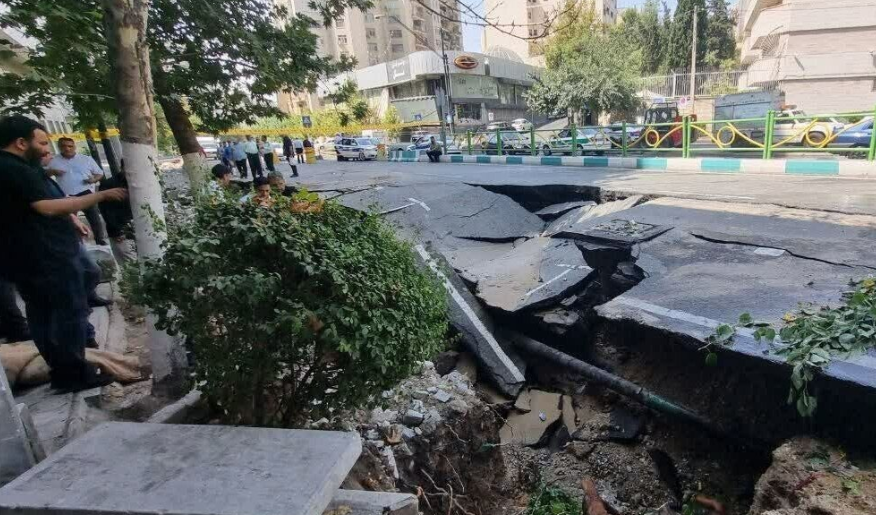October 18-2013
For more than two years, the Islamic Republic has accused the United States of being the force behind the uprising in Syria, giving guns and cash to even the Al-Qaeda fighters, but The Washington Post says the CIA involvement in Syria is so minuscule that it has little impact—yet it may have the impact the White House wants, which is a stalemate that forces a political settlement.
In a report published last Thursday, the Post said the CIA is actually expanding its effort to train opposition fighters in Syria. But the program has simply gone from infinitesimal to minuscule.
So far this year, officials said, Iran has trained 20 times more people to fight for the Syrian government than the CIA has trained to fight against it.
The CIA program is so small that it is expected to produce only a few hundred trained fighters each month even after it is enlarged, a level that officials told the Post would do little to bolster rebel forces that are being eclipsed by radical Islamists in the fight to oust the government of Syrian President Bashar al-Assad.
The CIA’s mission, officials said, has been defined by the White House’s desire to seek a political settlement, a scenario that relies on an eventual stalemate among the warring factions rather than a clear victor. As a result, officials said, limits on the agency’s authority enable it to provide enough support to help ensure that politically moderate, US-supported militias don’t lose but not enough for them to win.
The officials said the agency has sent additional paramilitary teams to secret bases in Jordan in recent weeks in a push to double the number of rebel fighters getting CIA instruction and weapons before being sent back to Syria.
The Post said the CIA has trained fewer than 1,000 rebel fighters this year, according to current and former US officials. By contrast, US intelligence analysts estimate that more than 20,000 have been trained by Iran to fight in militias backing Assad.
The US training is led by small teams of operatives from the CIA’s Special Activities Division, a paramilitary branch that relies heavily on contractors and former members of US Special Operations forces. Officials said the instruction is rudimentary and typically lasts four to six weeks.
“It’s basic infantry training,” one former US intelligence official told the Post. “How to have some discipline hitting a target, how to reload a magazine, how to clear a room. They’re not marching. They’re learning basic infantry procedures.”
Rebel requests for weapons were rebuffed until earlier this year, when Obama allowed the CIA to begin providing arms. But even then, officials said, the deliveries were delayed for months and restricted to light arms, which are already abundant in the conflict, the Post said.





















